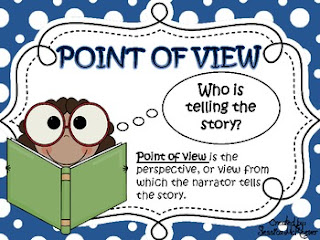As you know I am accepting books for reviews. But because most of the time I receive romance which I don’t read, I have developed a habit of downloading free books from Amazon and reviewing them. And you know what? At the moment I have nearly 100 free books in my kindle. And don’t forget that I stay away from anything with elements of romance; otherwise the number would be 1000 instead of just a hundred.
This is really crazy. The free books are attacking!
There are so many books out there that the writers keep offering their babies for free, hoping to hook the reader. I have not one, but two free books. And with this free book invasion I can’t believe how lucky I am for still selling books.
It seems that almost every first book in a series is offered free. Sometimes the sequels are put on a free promo as well. With so many free books being offered every single day many readers abandon books after the first few pages or chapters. I know I’m guilty of that. There was a time when I’d finish the book no matter how tedious it was. But there are so many books on my Kindle now, that I am committing an nonredeemable sin every once in a while. If the book doesn’t capture my interest after the 10-20% point, I’m prone to not finishing it.
This made me realize once again how hard an indie author’s life is. Our books can only dream about the marketing and promotion that traditionally published books get. And if you’re an awisl, then you almost have no chance.
This made me realize once again how hard an indie author’s life is. Our books can only dream about the marketing and promotion that traditionally published books get. And if you’re an awisl, then you almost have no chance.
The only way to sell books today is… No,
not giving it away for free, not writing as many books as possible in
the shortest period of time, not cajoling and begging for reviews.
You need to hook your reader. You
have just 5-10 pages to hook the reader. Start your story as soon as
possible. Leave out the introductory parts. Throw away as many
adjectives and adverbs as possible. It will make your story develop
twice faster. No scenery descriptions. No descriptions of eye color or
hair color. No purple prose. Tell the story. And be quick. Show the
problem, then let your heroes search for the solution.
And one more advice. Be short. This
might be arguable, so let’s say that it’s a personal thing. I advise you
to make your first book short. But not novella short. The perfect
length would be 200-250 print pages (50.000-70.000 words). My personal
experience as a reader and reviewer is this: when I am offered a long
book (300+ pages) from a newbie author, I am hesitant to accept it. I’d
rather have a shorter book that will introduce me to the author’s
writing style, story structuring and developing abilities, vocabulary;
and if I like it all, I’ll happily purchase the rest of the books.
Bombarding a reader with a monster of a book is not a very good idea.
Newbie indie authors lack experience and often fill their books with
unnecessary verbiage. Surely not always. There are some outstanding
debuts, and many of them are pretty long. But the general opinion is
that newbie indies aren’t very good. To dispel this belief, we need to
give the readers what they want: a good story, without dragging it
across the pages and boring our audience.



